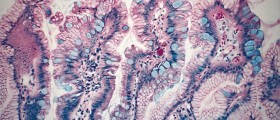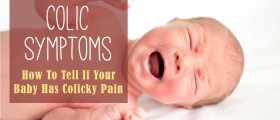
Introduction to infant reflux symptoms
When a baby has infant acid reflux they will usually be vomiting a lot, especially during and after feeding.
When this condition is present in the child, the flow of the food and acid in the stomach is reversed and goes up into the esophagus.
Acid reflux can occur in infants, but people already know that it is a common condition that many adults experience. When a child experiences this, the main symptom is regular vomiting.
A mild case of this is fairly common in infants, especially in the first three months of their lives.
Most, however, will overcome it as they get older, but there are some cases in which there have been complications, especially if the acid reflux was left untreated by the parents.
Complications, usually, occur when the stomach acids cause severe damage to the esophagus and throat, which, in turn, can lead to other serious health issues. Causes
Acid reflux is caused by the fact that the esophageal sphincter, which is supposed to keep down the food and acid, malfunctions. When this occurs, there is nothing stopping the stomach contents from coming back up.
This happens in young children sometimes because this muscle is not yet fully developed, which allows the food and stomach acid to come up into the throat. This usually results in the child feeling nauseous and vomiting the contents of the stomach. Symptoms
Some of the main symptoms of infant acid reflux are the same as symptoms in adults.
When a child is experiencing acid reflux, as stated earlier, they will be vomiting frequently, either during meals or right after. They will probably also refuse food and not want to eat, be very irritable and cry a lot, especially during feeding times, arch their backs during feeding, and having hiccups and burping a lot.
Infants may also experience sinus congestion and infections, choking, hoarseness in their voices, drooling, problems sleeping and either weight gain or loss. TreatmentThe good thing about the condition is that most of the time it resolves itself as the child gets older and its digestive system develop fully.
It is important in any case to keep the child upright when feeding them and to keep them upright for at least 30 minutes after feeding. This holds true for adults as well, who should be active two or three hours after eating, instead of taking a nap.
When a child is upright, it will make it harder for the food to get back up into the esophagus.
It is also a good idea to elevate the child’s head while it is sleeping with a towel or small pillow.
If medication is needed, then a doctor will usually recommend acid blockers or acid suppressors in order to neutralize the acidic content in the stomach.

















Your thoughts on this
Loading...